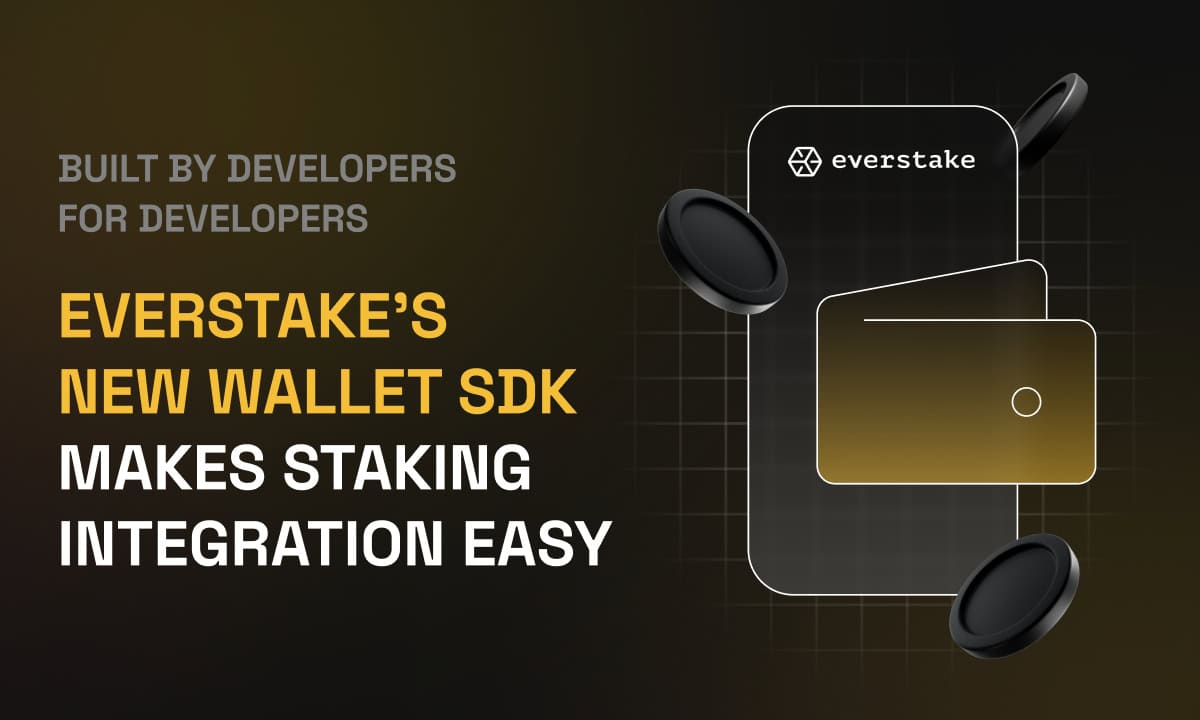ARTICLE AD BOX

Hemi Network, a modular Layer-2 network powered by Bitcoin and Ethereum, is set to go live after the remarkable success of its testnet phase. The network has announced plans to launch its mainnet on March 12.
Founded by renowned early Bitcoin developer Jeff Garzik and blockchain security pioneer Max Sanchez, the network focuses on unifying Bitcoin and Ethereum as a single supernetwork while facilitating superior scaling, security, and interoperability.
While its potential mainnet launch marks a notable milestone for the Hemi ecosystem, the network has garnered increasing interest since its iteration, boasting a Total Value Locked (TVL) of over $300 million.
Also, the network secured about $15 million during a seed round in September 2024. The seed round was led by Binance Labs, Breyer Capital, and Big Brain Holdings, showcasing its recognition among industry leaders.
Jeff Garzik, co-founder of Hemi made remarks on the new milestone, saying;
“Just over six months after introducing our incentivized testnet, Hemi has demonstrated its resilience and capability as a powerful network for advancing blockchain applications across Bitcoin and Ethereum.”
With its reputable foothold in the industry, Hemi has positioned itself as a vital infrastructure layer for decentralized finance across Bitcoin and Ethereum, enabling innovation and scalability across the blockchain space.
Impressively, the network has rapidly built an ecosystem of dozens of protocols, and over 50 protocols will be deployed upon launch. Some of these protocols include decentralized exchanges (e.g., Sushi, DODO, Izumi), lending protocols (e.g., LayerBank, ZeroLend), vaults (e.g., Nucleus, Concrete, VaultCraft), top LSTs and LRTs (e.g., Kelp, pumpBTC, StakeStone), oracles (e.g., RedStone, Pyth, Stork), and key dApps (e.g., LayerZero, Pell, BitFi).
Notably, these protocols will allow users to build applications that are both Bitcoin—and Ethereum-aware, participate in lending and DEX liquidity provision, or allocate funds into specialized vault products; trade perpetual; stake and retake popular BTC and ETH tokens; borrow and swap tokens; and create synthetic assets.
Among its numerous benefits, the network promises to unify Bitcoin and Ethereum via the Hemi Virtual Machine (hVM). This will allow it to integrate a full Bitcoin node within an Ethereum Virtual Machine (EVM), enabling developers to harness the power of both Bitcoin and Ethereum using familiar and proven development tools.
Other key benefits include Bitcoin programmability, superfinality, trustless cross-chain Portability, and asset programmability.
.png)
 4 hours ago
1
4 hours ago
1








 English (US)
English (US)